How CarMax Profits From Fixed Prices
The biggest used-car dealer wins over customers with no haggling.
At CarMax, the familiar image of used-car salesmen has been scrubbed clean. Polo shirts and khakis have replaced polyester suits. More important, CarMax tags its vehicles -- used and new (a smaller part of the business) -- with reasonable, no-haggle prices. There's no need to play the usual mind games with salespeople.
Although CarMax is the nation's largest used-car dealer, it has only 2% of the $370-billion-a-year market. The Richmond, Va., company now operates 71 "stores," a number it seeks to increase by 10% to 15% annually over the next five years. CarMax generated sales of $6.3 billion in its latest fiscal year, and it says revenues could reach $12 billion by 2010. "CarMax is one of the few open-ended growth stories in retail -- period," says analyst Sharon Zackfia, of William Blair Co.
CarMax's rapid growth is exciting investors. In September, the company raised its profit forecast for the fiscal year ending next February by 30 cents a share, to a range of $1.55 to $1.65 per share. Its stock has soared 62% over the past year, to $44 in mid October, giving the company a market capitalization of $4.7 billion.
From just $107.88 $24.99 for Kiplinger Personal Finance
Become a smarter, better informed investor. Subscribe from just $107.88 $24.99, plus get up to 4 Special Issues

Sign up for Kiplinger’s Free Newsletters
Profit and prosper with the best of expert advice on investing, taxes, retirement, personal finance and more - straight to your e-mail.
Profit and prosper with the best of expert advice - straight to your e-mail.
What separates CarMax from the pack is the sheer number of cars its sites can sell. A typical used-car dealership may unload 50 vehicles in a good month, and thus needs to generate a large profit per sale to stay in business. An average CarMax dealership sells 420 vehicles a month. That means a store can earn as little as $300 on a sale and still generate acceptable profits, says Joe Kunkel, CarMax's marketing chief.
There are other no-haggle used-car dealers, but they tend to be small and either local or regional. Rival AutoNation lost more than $440 million competing with CarMax before it exited the used-car superstore business in 1999. CarMax, which was spun off by electronics retailer Circuit City four years ago, suffered seven years of red ink before turning a profit in 1999.
CarMax shares are not cheap. The stock sells at 28 times $1.60 per share, the midpoint of CarMax's current-year earnings forecast. But the stock (symbol KMX) may take investors for a nice ride if CarMax succeeds in becoming a nationally recognized retailer.
Profit and prosper with the best of Kiplinger's advice on investing, taxes, retirement, personal finance and much more. Delivered daily. Enter your email in the box and click Sign Me Up.
-
 9 Types of Insurance You Don't Need
9 Types of Insurance You Don't NeedFinancial Planning If you're paying for these types of insurance, you may be wasting your money. Here's what you need to know.
-
 Are You Putting Yourself Last? The Cost Could Be Your Retirement
Are You Putting Yourself Last? The Cost Could Be Your RetirementIf you're part of the sandwich generation, it's critical that you don't let the needs of your aging parents come at the expense of your future.
-
 Time to Prepare for Disasters Like They Could Happen to You
Time to Prepare for Disasters Like They Could Happen to YouYou can no longer have the mindset that "that won't happen here." Because it absolutely could. As we head into 2026, consider making a disaster plan.
-
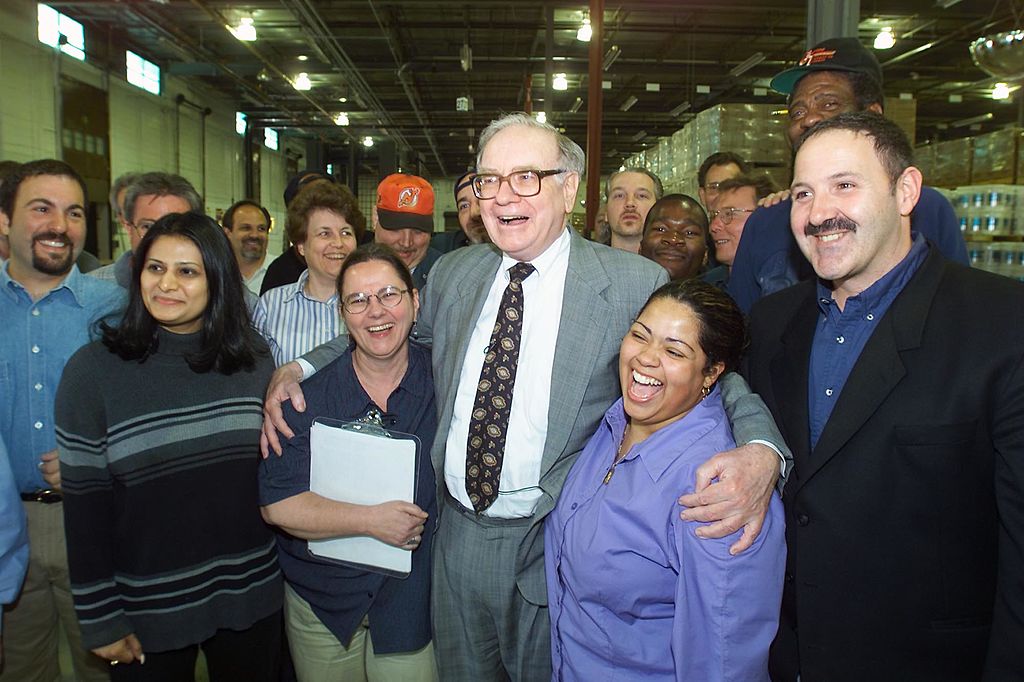 What the Rich Know About Investing That You Don't
What the Rich Know About Investing That You Don'tPeople like Warren Buffett become people like Warren Buffett by following basic rules and being disciplined. Here's how to accumulate real wealth.
-
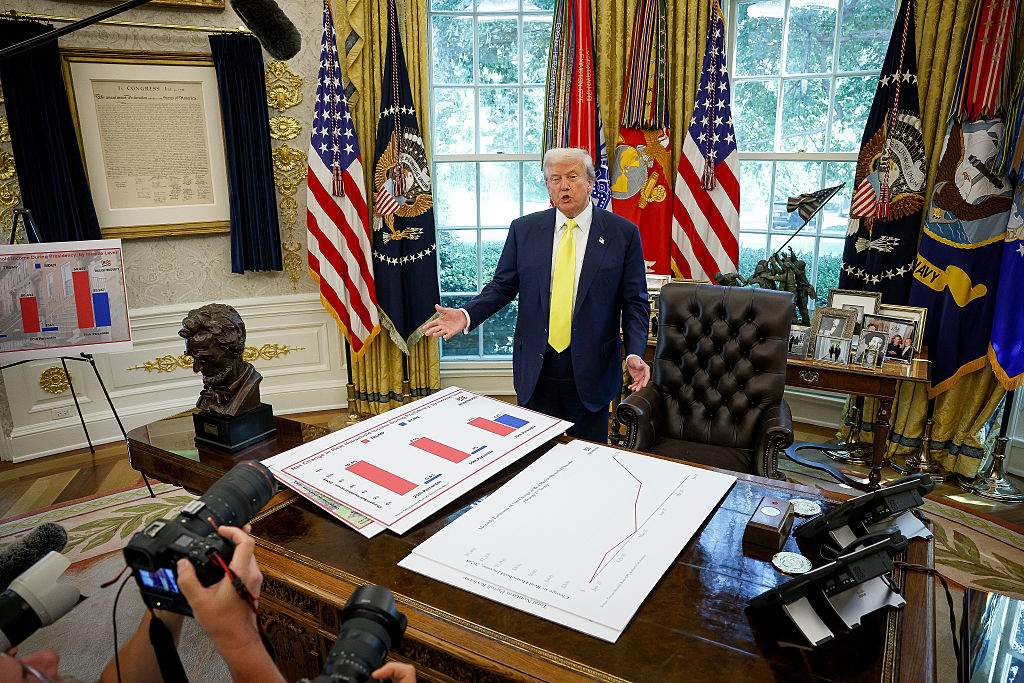 How to Invest for Rising Data Integrity Risk
How to Invest for Rising Data Integrity RiskAmid a broad assault on venerable institutions, President Trump has targeted agencies responsible for data critical to markets. How should investors respond?
-
 What Tariffs Mean for Your Sector Exposure
What Tariffs Mean for Your Sector ExposureNew, higher and changing tariffs will ripple through the economy and into share prices for many quarters to come.
-
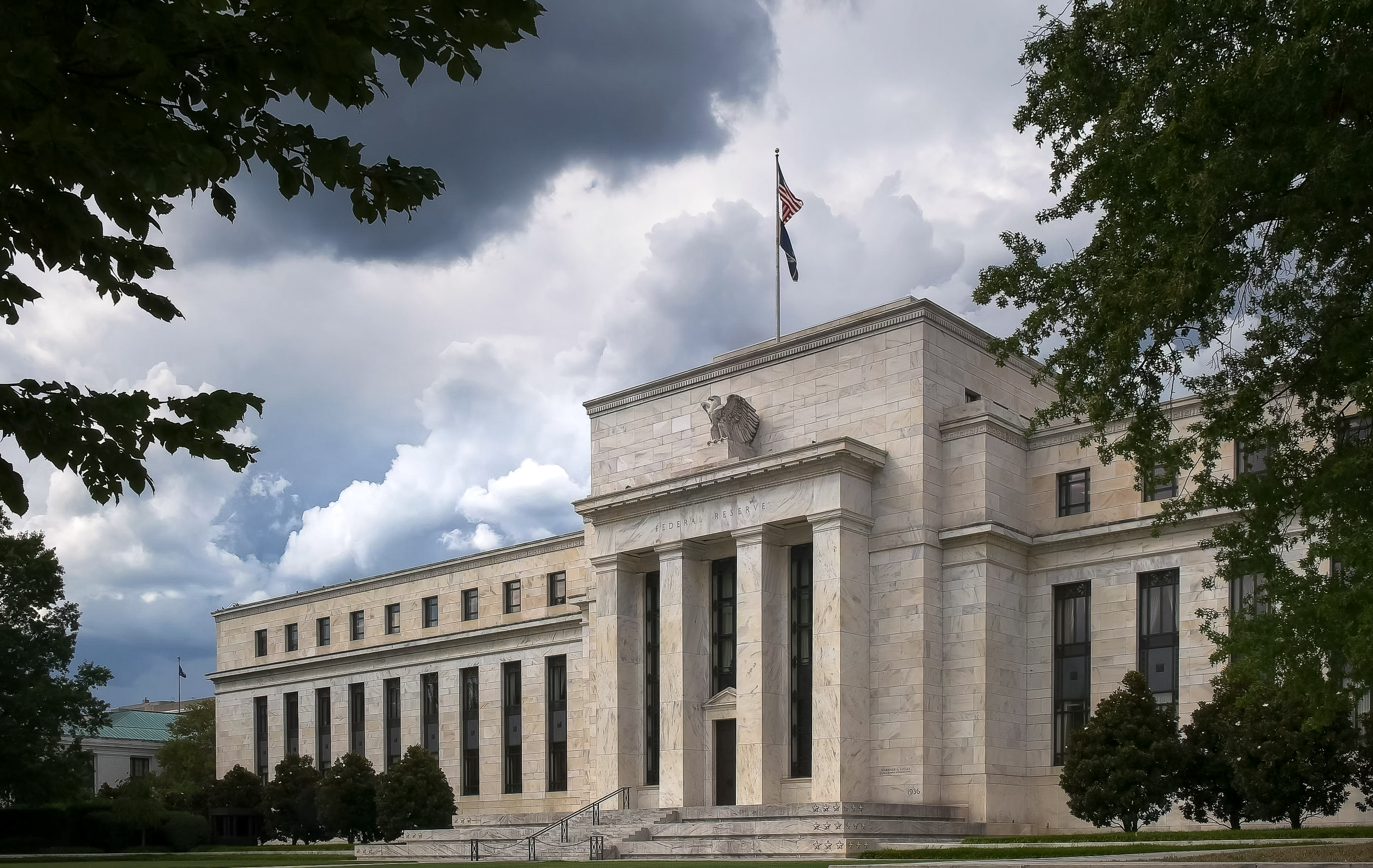 How to Invest for Fall Rate Cuts by the Fed
How to Invest for Fall Rate Cuts by the FedThe probability the Fed cuts interest rates by 25 basis points in October is now greater than 90%.
-
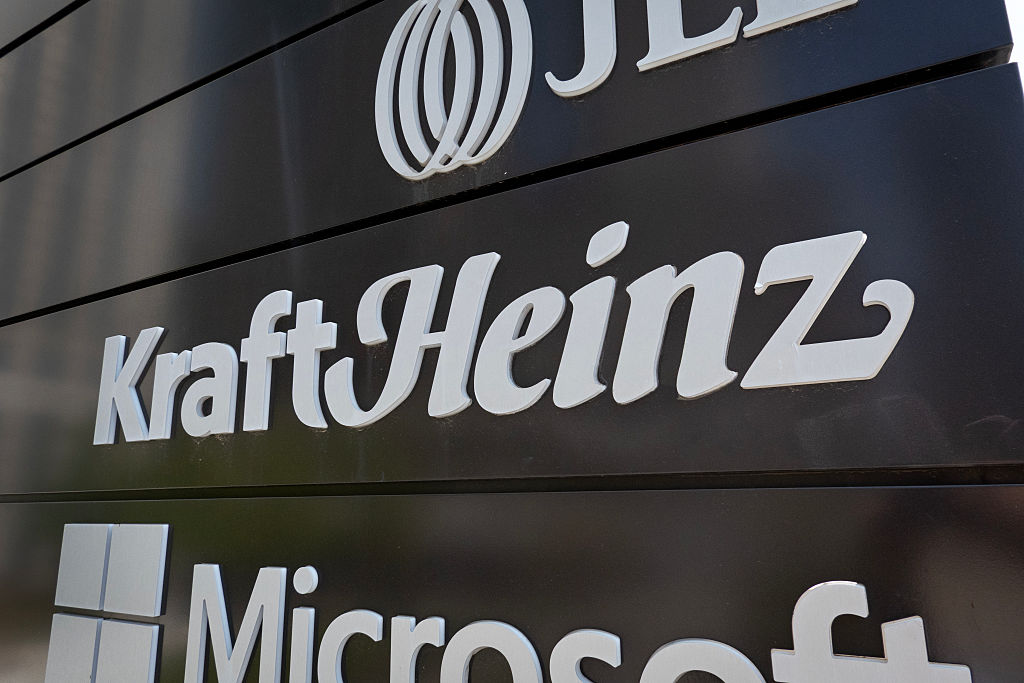 Are Buffett and Berkshire About to Bail on Kraft Heinz Stock?
Are Buffett and Berkshire About to Bail on Kraft Heinz Stock?Warren Buffett and Berkshire Hathaway own a lot of Kraft Heinz stock, so what happens when they decide to sell KHC?
-
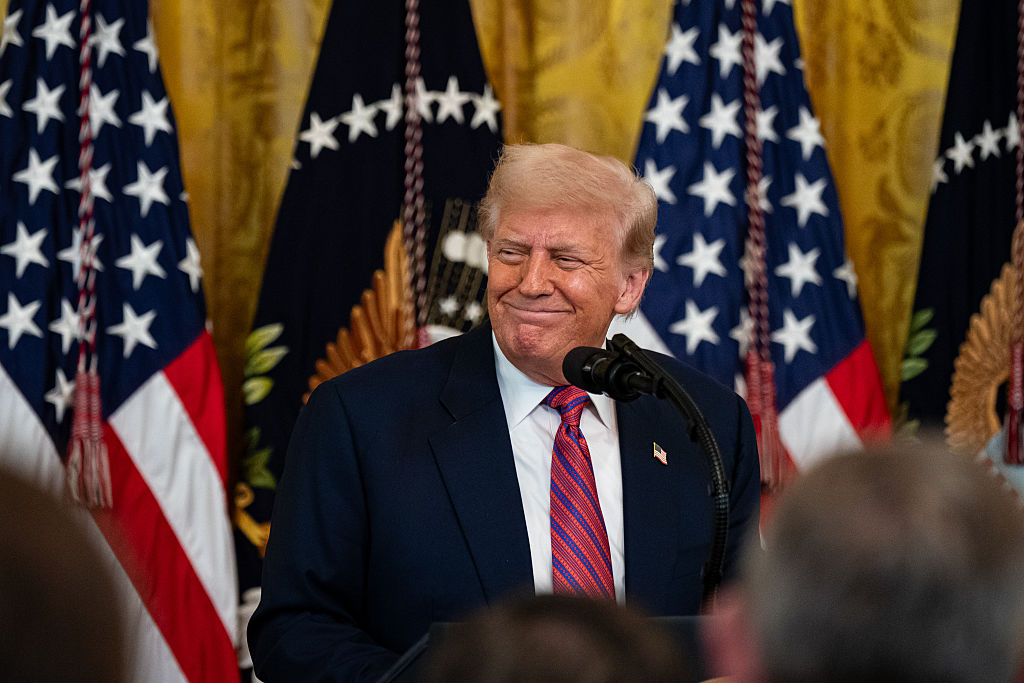 How the Stock Market Performed in the First 6 Months of Trump's Second Term
How the Stock Market Performed in the First 6 Months of Trump's Second TermSix months after President Donald Trump's inauguration, take a look at how the stock market has performed.
-
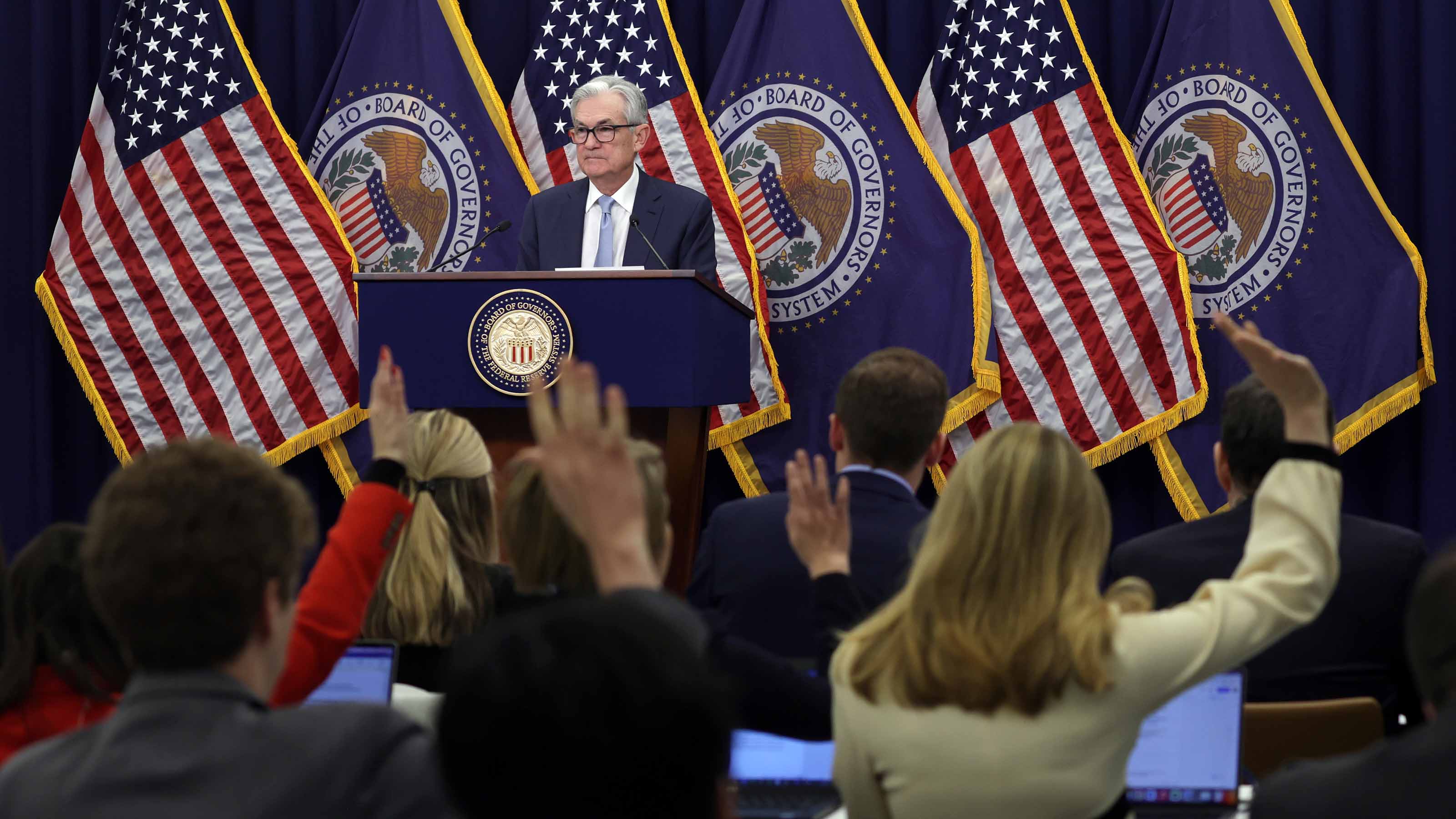 Fed Leaves Rates Unchanged: What the Experts Are Saying
Fed Leaves Rates Unchanged: What the Experts Are SayingFederal Reserve As widely expected, the Federal Open Market Committee took a 'wait-and-see' approach toward borrowing costs.
-
 Fed Sees Fewer Rate Cuts in 2025: What the Experts Are Saying
Fed Sees Fewer Rate Cuts in 2025: What the Experts Are SayingFederal Reserve The Federal Reserve cut interest rates as expected, but the future path of borrowing costs became more opaque.